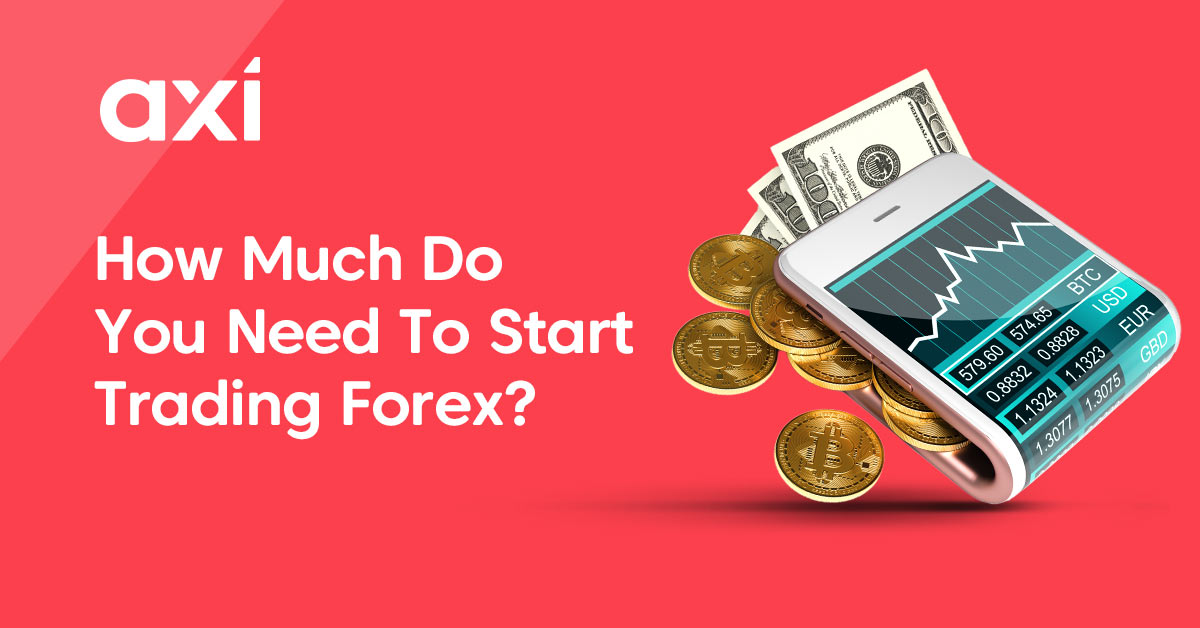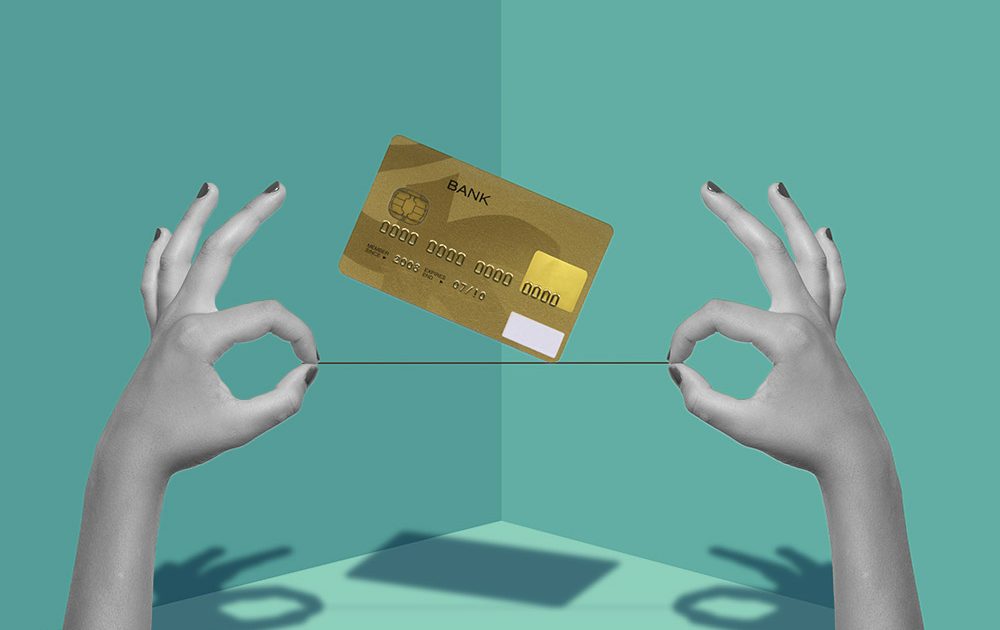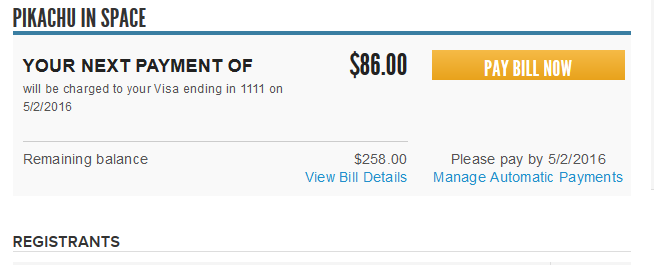
If you're wondering how Robinhood makes money, consider these four factors: Interchange fees, Payment for order flow, Profit from margin lending, and Interest from uninvested cash. These revenue streams can be used to assess how well the trading platform works for you. These factors will help determine whether this service is worth the $137. You might be wondering how Robinhood makes their money.
Charges for interchange
Exchange fees are how Robinhood makes its money. Customers pay a small commission to the brokerage firm for each trade. The broker would earn $5.20 for every 1,000 shares you trade. Using TD Ameritrade, Schwab or Schwab however, they earn 16 cents. Although it's not much, this is a significant amount of money when you trade for millions.
The stock is held at the National Securities Clearing Corporation by the company. It is the parent company to the Depository Trust & Clearing Corporation. Robinhood then lends this stock to agents with margin accounts and hedge funds. The broker can earn more interest by lending the stock. It also retains all of the interest it earns. Robinhood isn't the only source of income.

Payment for order flow
Washington legislators have made it clear that they are targeting payments for order flow in recent months. Meme stocks, in particular, have seen their prices soar, and the practice of paying for order flow represents a sizable portion of Robinhood's revenue. Robinhood's financial results for the second quarter show that 80 percent of its total revenue came from payments. But, is Robinhood able to internalize its order flows business?
Robinhood earned $331 million from payment for order flow in Q1 2021 compared to $91 millions in the previous quarter. Robinhood's assets under custodial increased to $80.9 billion at the same time. It paid an average of $4,572 for each account. And in terms of average order flow pricing for non-S&P stocks and options, Robinhood was near the top.
Uninvested cash earns interest
Robinhood is able to make money from interest earned on cash that has not been invested. This is done by placing client cash into a network FDIC-insured financial institutions. The broker keeps less that 10% of the interest and pays its clients the rest. A significant source of income is stock loans. Robinhood is different. Robinhood does not make any money from the cash of clients who invest.
A Robinhood brokerage card is necessary to gain access to this service. The bank will pay Robinhood interest on any cash that is not invested. Robinhood's only source of income from interest on cash that isn't invested is through this account. Robinhood has partnerships with Citibank, Wells Fargo and HSBC. You can apply for a Robinhood Cash Management account and get access to more than 75,000 ATMs.

Margin lending is a profitable way to make money
Robinhood's margin lending program generated $137.2 million in revenue during the first six months 2020. The program generates transactional as well as other revenue components. Institutional investors and brokerages are often customers of investors who borrow money to purchase stocks, options, and other securities. This type of borrowing can bring in substantial profits for the company. Margin lending is not right for everyone. Before jumping on this bandwagon, you should be aware of these things.
For starters, if you're considering a margin loan, you should know that Robinhood partners with a third party bank that provides cash as collateral for the loan. This is your only safety precaution, as you may lose your shares if you don’t pay. Another downside is that your right to vote may be lost. You may also receive cash payments in addition to dividends. This could be treated differently by tax authorities.
FAQ
Should I diversify the portfolio?
Many people believe diversification can be the key to investing success.
Financial advisors often advise that you spread your risk over different asset types so that no one type of security is too vulnerable.
However, this approach doesn't always work. In fact, you can lose more money simply by spreading your bets.
For example, imagine you have $10,000 invested in three different asset classes: one in stocks, another in commodities, and the last in bonds.
Consider a market plunge and each asset loses half its value.
You have $3,500 total remaining. If you kept everything in one place, however, you would still have $1,750.
In reality, your chances of losing twice as much as if all your eggs were into one basket are slim.
It is essential to keep things simple. Don't take more risks than your body can handle.
What are the best investments to help my money grow?
You must have a plan for what you will do with the money. If you don't know what you want to do, then how can you expect to make any money?
Also, you need to make sure that income comes from multiple sources. This way if one source fails, another can take its place.
Money does not just appear by chance. It takes planning and hard work. You will reap the rewards if you plan ahead and invest the time now.
How can I manage my risks?
Risk management is the ability to be aware of potential losses when investing.
A company might go bankrupt, which could cause stock prices to plummet.
Or, an economy in a country could collapse, which would cause its currency's value to plummet.
You run the risk of losing your entire portfolio if stocks are purchased.
Stocks are subject to greater risk than bonds.
You can reduce your risk by purchasing both stocks and bonds.
This increases the chance of making money from both assets.
Spreading your investments across multiple asset classes can help reduce risk.
Each class is different and has its own risks and rewards.
Bonds, on the other hand, are safer than stocks.
So, if you are interested in building wealth through stocks, you might want to invest in growth companies.
You may want to consider income-producing securities, such as bonds, if saving for retirement is something you are serious about.
What investments are best for beginners?
The best way to start investing for beginners is to invest in yourself. They need to learn how money can be managed. Learn how to save for retirement. Budgeting is easy. Learn how research stocks works. Learn how to interpret financial statements. Learn how you can avoid being scammed. Make wise decisions. Learn how you can diversify. Learn how to protect against inflation. Learn how you can live within your means. Learn how to invest wisely. Learn how to have fun while you do all of this. It will amaze you at the things you can do when you have control over your finances.
Statistics
- Some traders typically risk 2-5% of their capital based on any particular trade. (investopedia.com)
- They charge a small fee for portfolio management, generally around 0.25% of your account balance. (nerdwallet.com)
- Over time, the index has returned about 10 percent annually. (bankrate.com)
- An important note to remember is that a bond may only net you a 3% return on your money over multiple years. (ruleoneinvesting.com)
External Links
How To
How to invest into commodities
Investing in commodities means buying physical assets such as oil fields, mines, or plantations and then selling them at higher prices. This process is called commodity trading.
The theory behind commodity investing is that the price of an asset rises when there is more demand. The price of a product usually drops when there is less demand.
You don't want to sell something if the price is going up. You don't want to sell anything if the market falls.
There are three types of commodities investors: arbitrageurs, hedgers and speculators.
A speculator would buy a commodity because he expects that its price will rise. He doesn't care about whether the price drops later. For example, someone might own gold bullion. Or someone who is an investor in oil futures.
An investor who buys a commodity because he believes the price will fall is a "hedger." Hedging can help you protect against unanticipated changes in your investment's price. If you own shares of a company that makes widgets but the price drops, it might be a good idea to shorten (sell) some shares. You borrow shares from another person, then you replace them with yours. This will allow you to hope that the price drops enough to cover the difference. The stock is falling so shorting shares is best.
An arbitrager is the third type of investor. Arbitragers trade one thing in order to obtain another. For example, you could purchase coffee beans directly from farmers. Or you could invest in futures. Futures allow you the flexibility to sell your coffee beans at a set price. While you don't have to use the coffee beans right away, you can decide whether to keep them or to sell them later.
This is because you can purchase things now and not pay more later. If you're certain that you'll be buying something in the near future, it is better to get it now than to wait.
Any type of investing comes with risks. One risk is the possibility that commodities prices may fall unexpectedly. Another is that the value of your investment could decline over time. You can reduce these risks by diversifying your portfolio to include many different types of investments.
Taxes are another factor you should consider. If you plan to sell your investments, you need to figure out how much tax you'll owe on the profit.
If you're going to hold your investments longer than a year, you should also consider capital gains taxes. Capital gains tax applies only to any profits that you make after holding an investment for longer than 12 months.
If you don't anticipate holding your investments long-term, ordinary income may be available instead of capital gains. On earnings you earn each fiscal year, ordinary income tax applies.
Investing in commodities can lead to a loss of money within the first few years. But you can still make money as your portfolio grows.